“Armenian Stonehenge” or “Karahunj” gained world fame after astrophysicist Paris Herouni called it an astronomical observatory and he counted its age, saying that Armenians studied the starry sky here 7,000 years ago.

Archaeologists do not agree with this interpretation, and they neither agree with the name of the monument. Karahunj is the name of a village next to Goris, but it is quite far from here. Officially this monument is named “Zorats Karer” (stones of soldiers, stone army), and this is an ancient burial, though several thousand years older than the “Observatory of Paris Herouni”. This, however, does not minimize the significance of this monument either for Armenia, or the world, says Ashot Piliposyan, the head of “Zorats Karer” archaeological expedition.
The expedition led by Ashot Piliposyan, secretary of the Service for the Protection of the Historical Environment at the Ministry of Culture of Armenia, is excavating the territory of the megalithic monument within the framework of the program of the State Committee of Science at Armenian Ministry of Education and Science.
Archaeologists have already uncovered the central mound, and found things typical for the stuff of the Bronze and Iron Age - beads, pottery, a jug with the bones of the sacrificial animal, arrowheads, etc.
The layers in the mound are mixed, says Ashot Piliposyan. Apparently, the burial was held more than once here from the period of 18th to the 5th century BC. The mound was plundered, perhaps thousands of years ago or even earlier.
As for the holes on the stones, which prompted Paris Herouni to think about the observatory, had a much more common purpose, Piliposyan believes.
The stones were brought here from the quarry, which is a kilometer away: they were laid on beams, they put a rope through holes and dragged the stones. According to the archaeologist, this stone supply technique has been used for a very long time, and there are khachkars in the district that have exactly the same holes.
The wall of stones, according to the scientist, was built later than 7-6 centuries BC, and most probably was used as a shield.

“There was a need to build a fence, a barrier very quickly. For this, they removed plates with holes which were easier to drag, and built a wall. The distance between the plates was most likely covered with small stones. Perhaps at this stage, part of the territory was used as a settlement. I cannot say for sure, because excavations on this site have not yet been conducted, but there are traces of some round structures that are definitely not burials,” he said.
According to Ashot Piliposyan, excavations here will be continued to clarify once and for all the purpose of this monument.

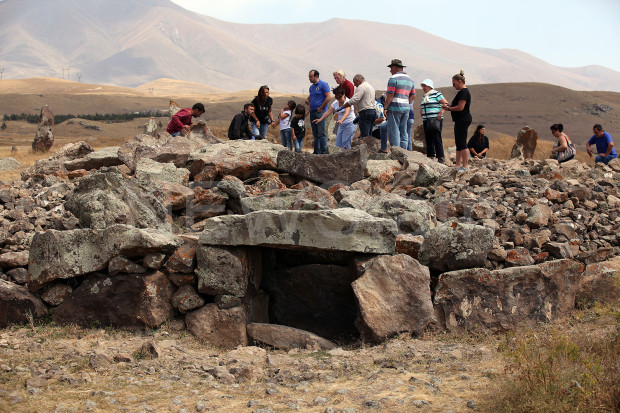
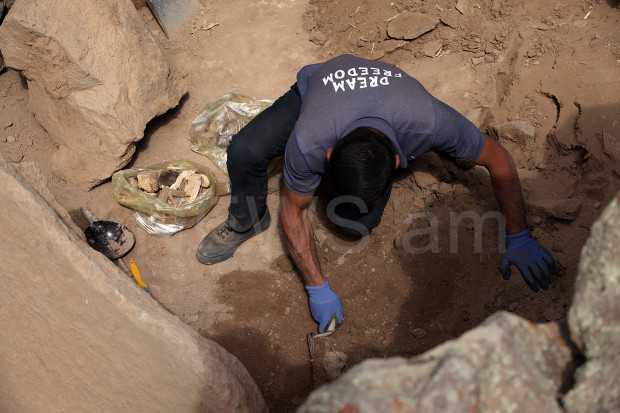
.JPG)
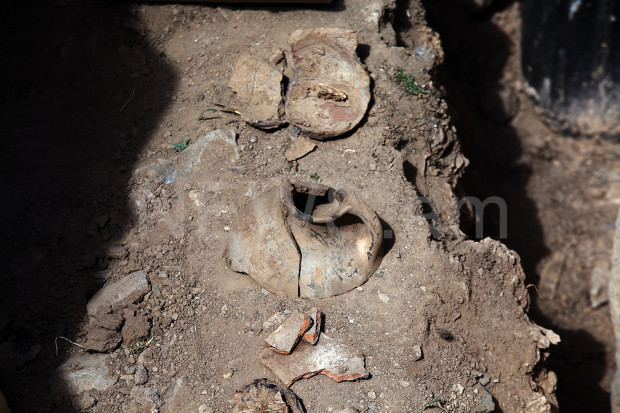

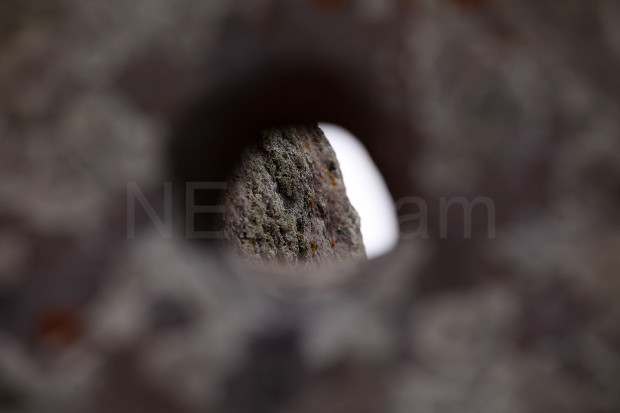
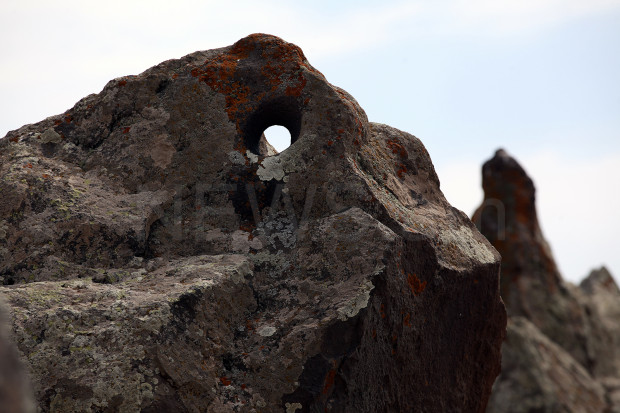
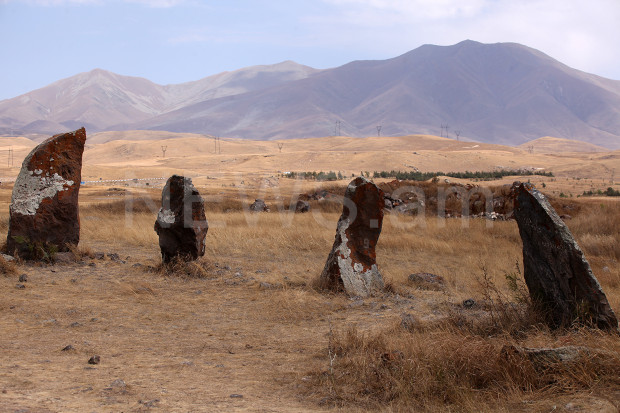
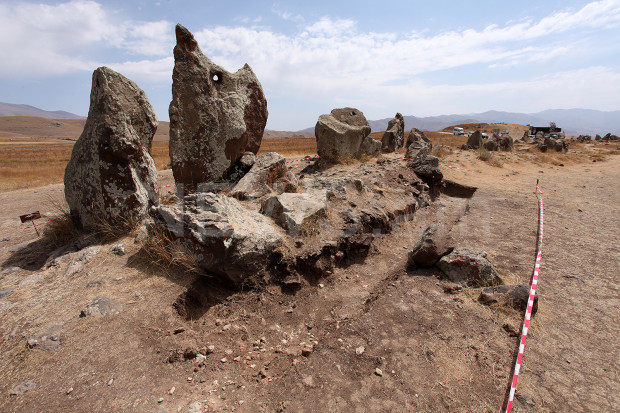
.JPG)






















